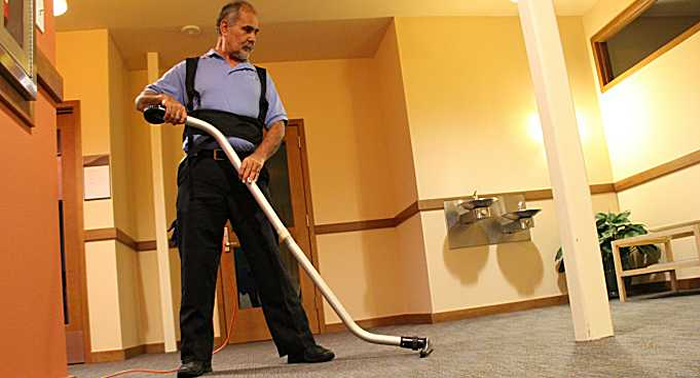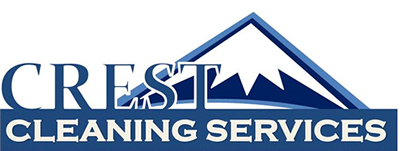

Tukwila Janitorial Services
Overview of Our Professional
Tukwila Janitorial Services
Your particular home or office is unique, and because of this you need personalized attention from the Tukwila janitorial services company you choose. From washing windows to cleaning floors and carpets, attention to detail is at the heart of how we approach every janitorial service Tukwila based job.
Attention to detail is vital when it comes to selecting Tukwila janitorial services, because the little things are always what stand out most when you have guest over to your home or clients meeting at your workplace. Our Tukwila janitorial service experts are experienced in variety of cleaning services that include:
- Carpet Cleaning Service – We deep steam clean carpets according to manufacturer’s recommendations
- Commercial & Industrial Floor Buffing Service
- Commercial & Industrial Floor Stripping Service
- Commercial & Industrial Floor Waxing Service
- House Cleaning
- Office Cleaning & Tukwila Janitorial Service
- Pressure Washing Service
- Window Cleaning Service
Crest Tukwila Janitorial Services Experts
You’re Tukwila office building or retail space must be clean if you are to be successful in the marketplace. When you hire a professional Tukwila janitorial service based company to keep your office space neat and clean, you shouldn’t even be aware that it’s been cleaned when you first walk in the door in the morning. We believe that the best endorsement of our janitorial care is when our Tukwila clients notice that cleaning has even been done.
Worry free Tukwila janitorial services is what we do best at Crest Janitorial Services. Contact us today at (206) 902-0427, schedule a service appointment, and give us a try. We are certain that you won’t be disappointed in our professional Tukwila based janitorial company, or the quality of our service.

About Tukwila WA
The community of Tukwila is located close to the confluence of the White and Black Rivers about ten miles south of Seattle. These rivers merged to form the Duwamish River prior to development altering their courses. The Duwamish River flowed below the hills of Seattle, north into Elliott Bay. For hundreds of year prior to the pioneers arriving in the 1850’s, the Duwamish Indians inhabited this valley. The Collins group staked a claim close to the mouth of the Duwamish River in 1851. The Denny group settled west of the Collin’s claim at Alki point about the same time. Soon thereafter, other pioneers began claiming land further south in the valley.
Two brothers named Steven and Joseph Foster we the first to settle in what is currently known as Tukwila after walking west from Illinois next to an oxcart. They both staked claims at the confluence of the White and Black Rivers. The course of the small Black River was often reversed by the spring floods, which resulted in it flowing backwards into Lake Washington, which temporarily provide it with another mouth.
About two years after the Fosters began to clear their land, hostile Indians massacred pioneers in the Whir River valley. This started the short lived Indian Wars. The result was the relocation of all local tribe onto reservations. The tribe was forced to relocate onto land was inhabited by other tribes, even though several of the Duwamish Indians remained friendly with local white settlers.
After the Indian Wars, Fort Dent, which was a small block house, was built near to the cabin the Joseph had built. Also, the first road in King County was constructed over an established Indian trail close to the Duwamish River. The road and the river permitted the pioneers of the valley pioneers to have access the ever expanding community of Seattle. The road allowed mill workers, while clearing their land to float their logs upstream to
Mr. Foster became a territorial legislator in 1858. The territorial legislature was sponsored by Mr. Foster in Seattle for the Territorial University was sponsored a that established the school. This university came to be called the University of Washington.
May white settlers were attracted to the Duwamish Valley, during the late 1800’s. The soil was perfect for growing hops, hay, fruit, and vegetables. In the river, there was an abundance of salmon. In1880, the population of the community was 199 people. By 1892, the population had increased to 2,062 people. An aphid infestation as well as the nationwide economic panic of 1893 temporarily slowed the expansion of the area. However, during the early 1900’s, the location of the community along a transportation corridor permitted it to flourish.
A few miles downriver from Mox La Push was a place called The Meadows. The Meadows became a track for horseracing during the early 1900’s. Sometime later, from a small airport, Boeing Field was established and soon became home to the Plant II of the Boeing Companies. This plant produced many of the larger aircraft that fought during World War II.
In 1902, the Seattle to Tacoma Bridge was constructed. This electric train could achieve speed of 60 MPH to 70 MPH, and allowed commuters to live in the country while having a job in the city.
There was an increase in the number of automotive vehicles soon thereafter, and better roads and bridges were built all throughout the region to better accommodate the travelers. By 1928 the Interurban was phased out as the result of these roads becoming a more desirable route for most local residents.
Human engineering also made some changes to the rivers. The Duwamish River was dredged and straightened during these years. The Green River filled the channel of the White River, which was diverted from its original course. Lake Washington was lowered by the construction of the Montlake cut, which connected Lake Washington to Lake Union by canal. However, the result was that the Black River was gone forever. From two mouths, the Mox La Push went to no mouths.
Tukwila became the central hub or transportation when the transportation corridors grew all through Southern King County. After the end of the war, the rapid growth of industries such as Boeing and other industries during WW II threatened to over industrialize the region. However, the opposition by Tukwila residents prevented this. They turned to commercial businesses as opposed to depending on industry to sustain their expansion.
Planning had already started for two new highways near the community during the 1960’s, which were I 5 that would run the whole length of the pacific coast and I 405, which would travel around lake Washington and Seattle. In 1968, the city planners realized the potential of such a busy crossroads began work on a grand shopping mall for Tukwila. The in late 1968, the Southcenter Mall opened on 30 acres with 116 stores. This was one of the largest shopping malls in Washington State at the time.
Recently, the community Tukwila has annexed by several smaller close by communities including Foster, Allentown, and Allentown. There are also many different industries next to East Marginal Way. During the 1980’s, Seattle had wanted to increase their tax base with these industries. However, the resistance of a small number of residents in the neighboring Southpark region prevented the annexation. The tax base of Tukwila is now enriched.





